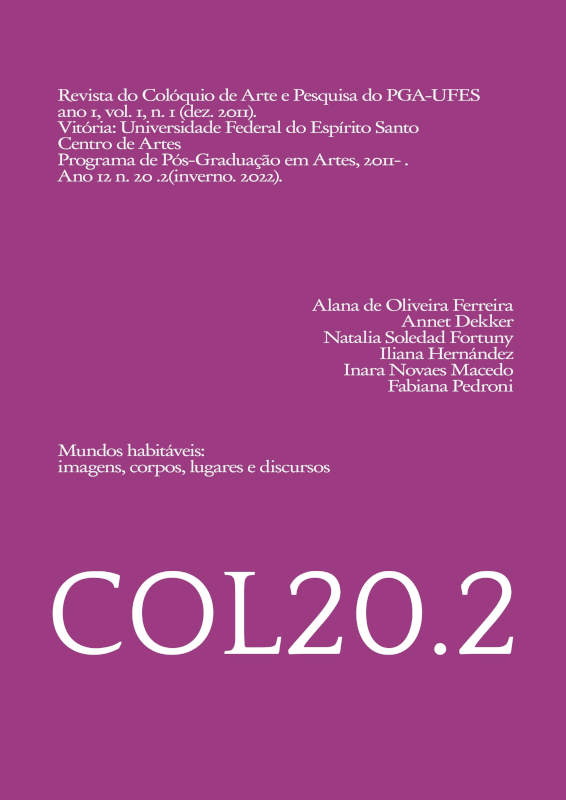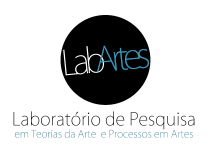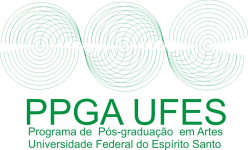About the dispositif and the filmic dispositif
Keywords:
videoarte, dispositivo, cinema, audiovisualAbstract
This article explores the relationship between the concept of “dispositif” and its applications in cinema and photography, with an emphasis on the critique of realism and objectivity in these media. The term, originally proposed by Michel Foucault and expanded by Giorgio Agamben, is described as a set of practices and mechanisms of social control that shape behaviors and discourses. In cinema, Jean-Louis Baudry and Philippe Dubois highlight how the cinematic “dispositif” imposes a passive experience on the spectator, naturalizing the illusion of reality and questioning the ideological value of images. Hubert Damisch and Pierre Bourdieu argue that the photographic apparatus is not neutral, but a cultural construction that reinforces conventions of visual representation. It is concluded that, despite such characteristics of the device, video art works allow for active participation by the viewer, who moves from being a mere observer to an agent who interacts with the space and the images, stimulating reflections on the relationship between image, power and reality.
Downloads
References
AGAMBEN, Giorgio. O que é o contemporâneo? e outros ensaios. Chapecó, SC: Argos, 2009.
BAUDRY, Jean-Louis. Cinema: efeitos ideológicos produzidos pelo aparelho de base. In: XAVIER, Ismail (org.). A experiência do cinema. Rio de Janeiro/São Paulo: Edições Graal, 2003, pp. 383-399.
BELLOUR, Raymond. Entre-imagens: Foto, cinema, vídeo. Campinas: Papirus, 1997.
CANONGIA, Ligia. Quase Cinema: Cinema de artista no Brasil, 1970/80. Arte Brasileira Contemporânea, Caderno de textos 2. Rio de Janeiro: Edição Funarte, 1981.
CONNOLLY, Maeve. The Place of Artist’s Cinema: Space, Site and Screen. Chicago, IL: Intellect Ltd, 2009.
DUBOIS, Philippe. O Ato fotográfico e outros ensaios. Campinas, SP: Papirus, 1993.
DUBOIS, Philippe. Cinema, vídeo, Godard. São Paulo: Cosac Naify, 2004.
DUGUET, Anne-Marie. Dispositivos. In: MACIEL, Kátia (org). Transcinemas. Rio de Janeiro: Contra Capa Livraria, 2009, pp. 46-67.
FLUSSER, Vilém. Filosofia da caixa preta. São Paulo: Hucitec, 1985.
FOUCAULT, Michel. Sobre a história da sexualidade. In: Microfísica do Poder. Rio de Janeiro: Edições Graal, 1979.
GARBELOTTI, Raquel. Cinema de exposição, cinema de artista, outro cinema, efeito cinema: nomenclaturas e normas de representação. A reflexividade nas videoinstalações: a obra em perspectiva (documental). In: Itinerários, Itinerâncias/Itineraries, Itinerancies: 32º Panorama da Arte Brasileira. Cauê Alves...[et al.] São Paulo: Museu de Arte Moderna de São Paulo, 2011, pp. 196-205.
OITICICA, Helio. Esquema geral da Nova Objetividade (1967). In: FERREIRA, Glória; COTRIM, Cecília (orgs.). Escritos de Artistas. Anos 60/70. Rio de Janeiro: Ed. Zahar, 2006, pp. 154-168.
RIBEIRO, Gisele. Projeto Urubu: arte, política e documentário. In: Itinerários, Itinerâncias/Itineraries, Itinerancies: 32º Panorama da Arte Brasileira. Cauê Alves...[et al.]. São Paulo: Museu de Arte Moderna de São Paulo, 2011, pp. 206-213.
STEYERL, Hito. La política de la verdad. Documentalismo en el ámbito artístico. In: Ficcions documentals. Barcelona: CaixaFòrum, 2004, pp. 22-23.
Downloads
Published
How to Cite
Issue
Section
License
Copyright (c) 2024 Alana de Oliveira Ferreira

This work is licensed under a Creative Commons Attribution-NonCommercial-ShareAlike 4.0 International License.
The authors of works submitted to Revista do Colóquio authorize their publication in physical and electronic media, solely for academic purposes, and may be reproduced as long as the source is cited. They attest to their originality, authorship and originality.






